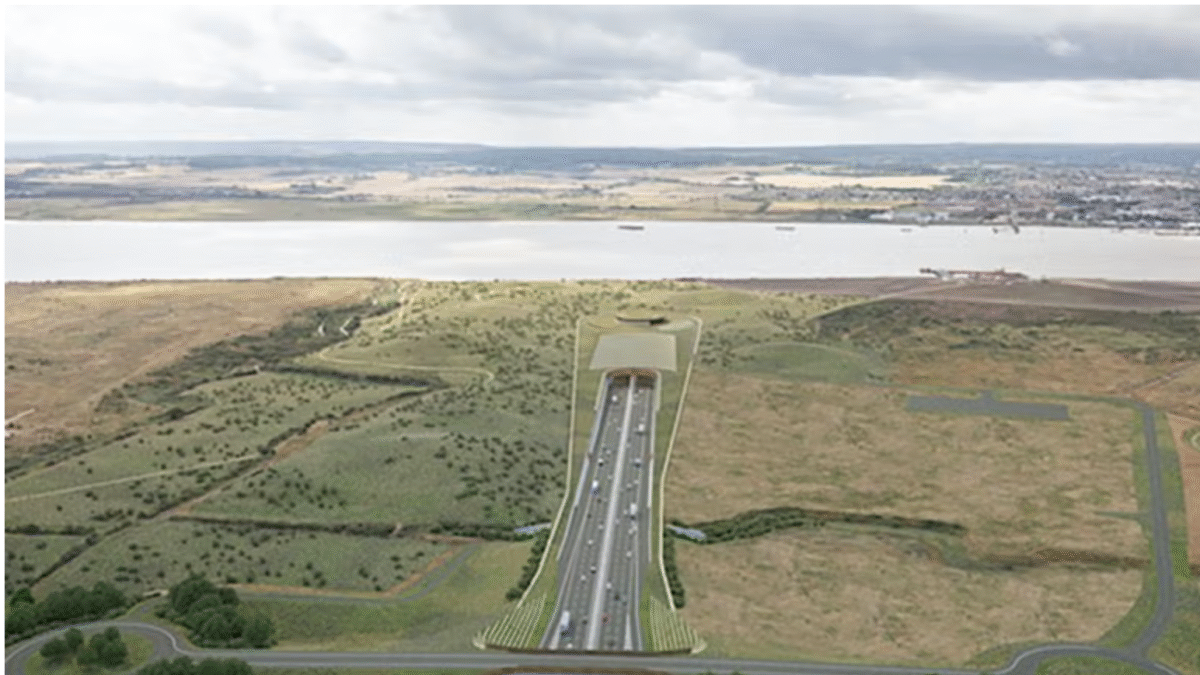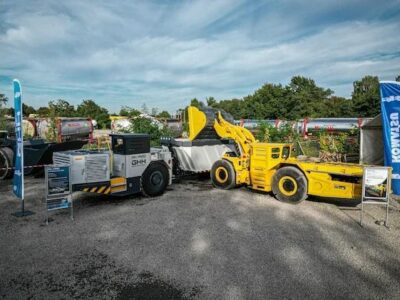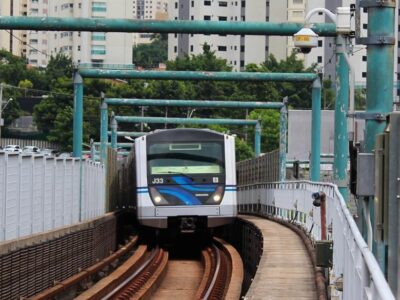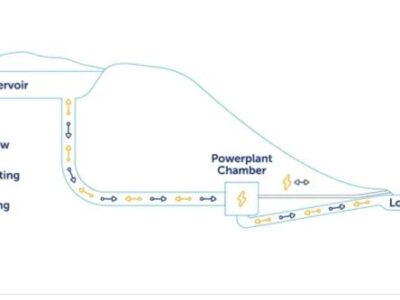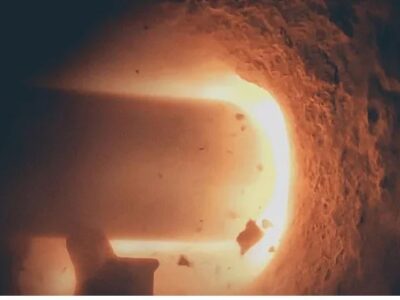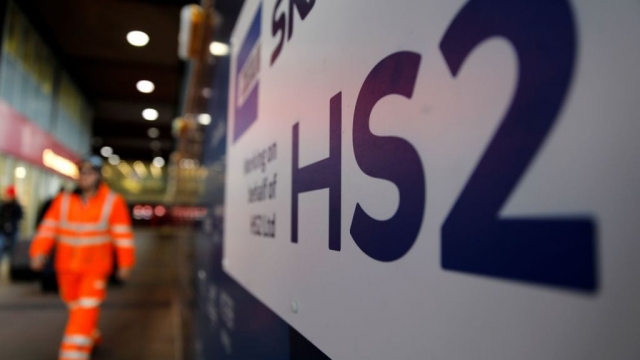
While HS2, the UK’s high-speed rail project, has been known as a company of futuristic high-speed travel or enabling capacity improvements on other lines now it also helps about understanding the history of localities.
Archaeologists working to portrait the HS2 route have uncovered almost 900 years of human activity at the overgrown remains of a small church in Stoke Mandeville, Buckinghamshire.
Moreover, they met the old St Mary’s Church which is built in 1080AD and suffered numerous renovations and ‘improvements’ over the centuries. But in the 1880s, it was changed by a newer church closer to the village center. The old church was therefore abandoned and finally fell into failure. It was finally destroyed in 1966 as it was considered a dangerous structure.
Due to the placement of the site on the HS2 line, the overgrown rubble of the old church is being intently eliminated and analyzed by a team from LP-Archaeology, working with HS2’s enabling works contractor, Fusion-JV.
In accordance with the 40 archaeologists’ statement working on site, the church’s burial ground had been in use for 900 years; they will now be able to figure how the building had assisted to the native community over nine centuries. A series of archaeological excavations, surveys and building recording includes their professional works. Currently, abnormal stone carvings, medieval graffiti and other markings have been uncovered.
According to a statement from HS2: “Over the next six months, a dedicated team of archaeologists, assisted by engineers, will remove the remaining structure of the church and excavate all of the individuals buried in the churchyard. Around 3,000 burials are expected. Before work on the burial ground began, a virtual blessing was given by the Bishop of Buckingham. All remains will be reburied in a local spot to be determined by HS2, with a specially created monument to mark the location.”
It is decided to hold a series of events and expert lectures over the coming months to share the discoveries depicting what life was like in Stoke Mandeville over nine centuries by HS2.


